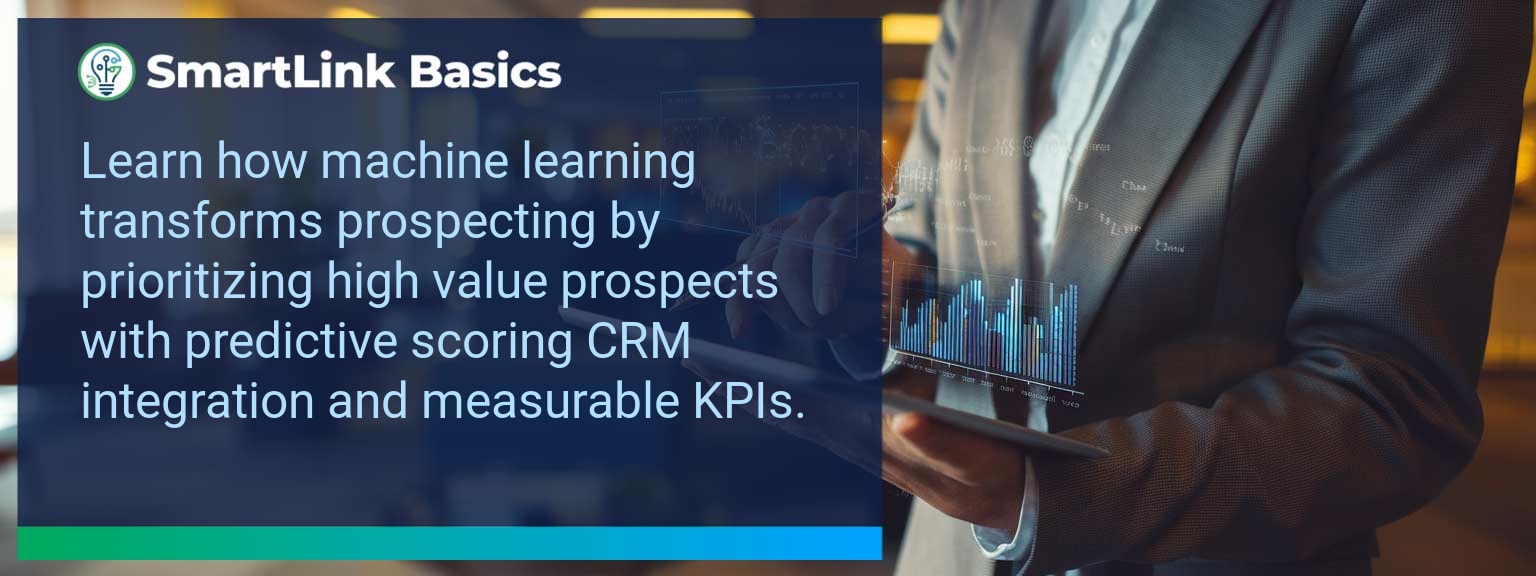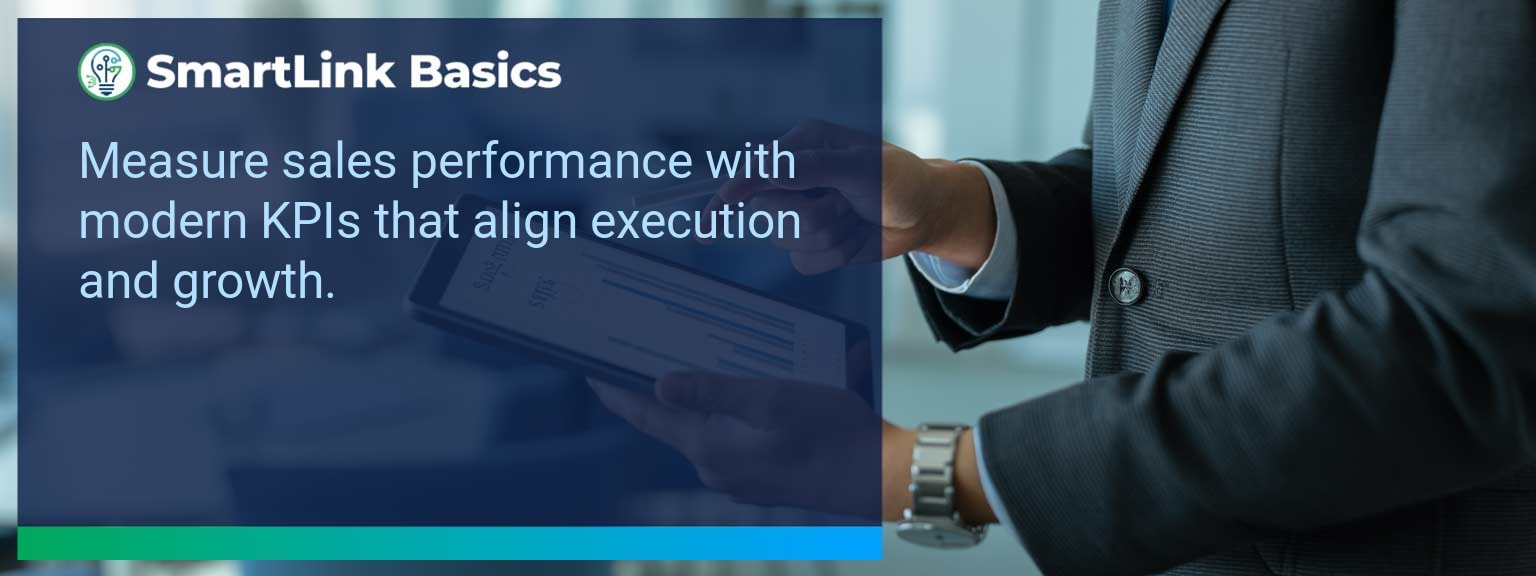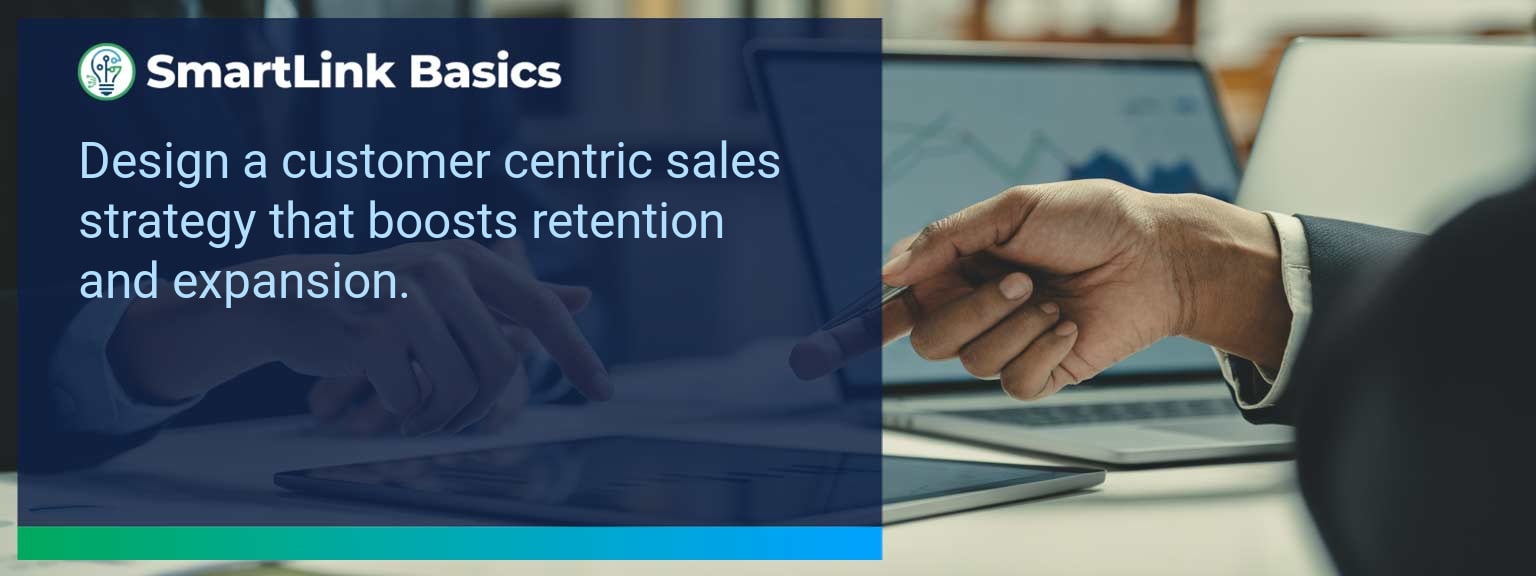Industry data shows that organizations adopting AI-driven automation achieve cost reductions of up to 30% while accelerating sales cycles by 20% or more (McKinsey, 2024). For sales leaders, AI automated workflows now define competitive advantage, enabling teams to reallocate time from repetitive tasks to high-value engagements. At SmartLink Basics, we help decision-makers implement these systems strategically, ensuring they integrate with existing revenue operations. In this article, you’ll see how AI automated workflows power business outcomes, the common obstacles that slow adoption, and practical steps to optimize processes. You’ll walk away with proven examples, a 90-day action blueprint, and measurable KPIs to track results.
- Automate repetitive administrative and CRM updates with AI.
- Integrate machine learning to personalize outreach at scale.
- Streamline approvals, quotes, and contract workflows for speed.
- Use predictive analytics to prioritize sales opportunities.
- Track adoption and performance with targeted metrics.
AI Automated Workflows: What Changed and Why It Matters
AI adoption has shifted from experimental to operational, making automated workflows a standard in high-performing sales organizations. The real advantage lies in combining workflow automation with artificial intelligence workflows to optimize every step of the revenue process. Sales leaders now use AI to synchronize touchpoints, reduce manual inputs, and ensure faster execution. For example, a B2B SaaS leader introduced automated lead enrichment and routing, cutting qualification time by 60%. Actionable insight: Audit processes for time-intensive handoffs and apply AI where repeatability is high.Redesign the Revenue Operating System With AI Automated Workflows
ICP, Segmentation, and Targeting AI-enabled segmentation uses historical wins, firmographic, and behavioral data to dynamically update ICP profiles. This ensures targeting precision without quarterly re-work. Pipeline Architecture Automated workflows push opportunities through the right stages based on engagement signals. AI flags at-risk deals for intervention. Plays and Messaging Integrated automation tools deliver personalized sequences based on buyer activity, increasing relevance at every touchpoint. Operating Cadence AI schedules follow-ups, forecast calls, and account reviews based on actual pipeline movement rather than static calendars. Actionable insight: Implement automation that adapts in real-time to both internal and buyer-driven events.Common Obstacles To Achieving Seamless Automation
The most frequent challenges are fragmented systems, inconsistent data quality, and cultural resistance. Without a unified data layer, automation amplifies errors rather than solving them. Coca-Cola Europacific Partners reported needing a full data governance upgrade before AI could improve sales workflows. Leaders must first assess infrastructure readiness and train teams to trust AI-influenced recommendations. Actionable insight: Before deployment, establish clean data practices and a single source of truth.Implementing AI To Optimize Workflows
Effective deployment of AI process optimization starts with mapping current-state processes, identifying friction points, and matching them with automation tools. For example, automating proposal generation based on CRM opportunity data can reduce turnaround from three days to one hour. Solutions combining business process automation platforms with machine learning integration enable continuous performance improvement. Actionable insight: Pilot in one high-impact stage, measure, and then expand.Tangible Benefits From Automated Processes
The benefits extend beyond time savings — sales leaders gain a scalable system. Tangible outcomes include faster quote-to-close, higher lead conversion, and better forecast accuracy. A manufacturing firm implemented AI-assisted order processing and cut errors by 40%, improving on-time delivery rates. Actionable insight: Track both speed and accuracy to measure workflow automation effectiveness.Metrics That Matter
| Category | Metric | Definition | Target |
|---|---|---|---|
| Leading | Workflow Completion Rate | % of automated sequences executed without manual intervention | 95%+ |
| Leading | AI Suggestion Adoption Rate | % of AI-generated action recommendations executed by reps | 80%+ |
| Lagging | Cycle Time Reduction | Decrease in time from lead entry to closed-won | 20%+ |
| Lagging | Revenue Per Rep | Average sales revenue generated per sales rep per quarter | +15% YoY |
| Quality | Automation Error Rate | % of workflows that trigger incorrect outcomes | <1% |
| Quality | Customer Satisfaction Post-Automation | Average CSAT score after automation implementation | ≥ 4.5/5 |
Innovations And Next Steps For AI Automation
Emerging capabilities like AI-generated playbooks, intent-driven dynamic routing, and integrated AR for virtual product demos are shaping the next wave of sales automation. Companies integrating these tools early will outpace competitors in speed and personalization. Actionable insight: Stay ahead by testing emerging automation features quarterly and aligning them with evolving buyer expectations.Get the 90-day plan, coaching rubric, and dashboard template to operationalize AI in your enablement program.
Turning AI Automation Into a Revenue Multiplier
AI automated workflows are now a strategic lever for predictable, scalable growth. This guide outlined current applications, adoption challenges, a 90-day execution plan, and measurable success criteria. To make automation pay off, sales leaders should integrate tools into one cohesive operating system and review results monthly for continuous improvement. Access more AI-driven sales enablement resources from SmartLink Basics to design a high-performance automation strategy. Effective sales leadership strategies are anchored in the ability to analyze and leverage sales data to shape precise decision-making. At SmartLink Basics, we see top-performing organizations shift from intuition-driven calls to disciplined, metrics-led leadership. Sales leaders today operate in competitive markets where small adjustments in targeting, enablement, and execution create measurable revenue gains. This article explores how aligning leadership decisions with sales data analytics directly improves sales performance improvement efforts, streamlines sales team management, and accelerates sales growth tactics. You will gain practical frameworks to overcome common challenges, implement sustainable strategies, and prepare your team for continuous high performance.- Anchor decisions in actionable sales data insights
- Define clear key performance indicators tied to strategy
- Prioritize targeted development for sales team management
- Refine sales growth tactics using segmented market intelligence
- Establish a repeatable leadership cadence for execution
What Changed and Why It Matters Now for Sales Leadership Strategies
The competitive advantage now lies in the ability to integrate sales data analysis into daily leadership actions. Reactive decision-making has given way to proactive scenario planning, where leaders anticipate shifts before they impact revenue. For example, a SaaS company that tracked leading pipeline indicators reduced quarter-end forecasting errors by 22%, enabling more accurate resource allocation. Strong sales leadership today depends on consistent, data-informed directional changes rather than sporadic course corrections.Common Obstacles In Meeting Sales Goals
Many teams fail to meet KPI targets because their operating cadence is inconsistent and their targeting lacks precision. Overemphasis on end-of-quarter pushes ignores the role of early pipeline health. Another barrier stems from poor integration between marketing segmentation and sales team execution. A practical way forward is streamlining objectives: prioritize the highest-value opportunities and assign responsibility clearly. This ensures every metric monitored leads directly to revenue impact.Implementing Strategies For Sustainable Growth
Successful leaders design their revenue operating systems in four core layers. ICP, Segmentation, and Targeting: Identify profitable segments with data-backed profiles. Pipeline Architecture: Build measurable, stage-based forecasts with clear velocity metrics. Plays and Messaging: Standardize winning talk tracks based on conversion analysis. Operating Cadence: Establish weekly, monthly, and quarterly leadership reviews to maintain execution discipline.| Category | Metric | Definition | Target |
|---|---|---|---|
| Leading | Qualified Pipeline Coverage | Pipeline value vs. quota for next period | 4x coverage ratio |
| Lagging | Closed Revenue | Total sales booked within period | 100% of target |
| Quality | Average Sales Cycle Length | Days from opportunity creation to close | 20% faster than baseline |
Impact Of Strategic Leadership On Team Performance
Measured, consistent leadership boosts accountability and engagement. Teams led with transparent data expectations often outperform those managed through anecdotal updates. A distribution business that implemented weekly data-driven reviews improved team productivity by 15% in just one quarter. Leadership that builds confidence through clarity fosters an environment where individual performance improvement compounds into scalable sales growth.Preparing Teams For Continued Success
Long-term performance requires leadership development and adaptable strategies. Training programs should empower managers with decision-making skills grounded in real-time analytics. Simulated forecast scenarios, skill-gap analysis, and cross-functional collaboration keep teams agile. Preventing stagnation means revisiting sales growth tactics quarterly and upgrading resources as market trends evolve, ensuring sustained revenue growth.Get the 90-day plan, coaching rubric, and dashboard template to operationalize AI in your enablement program.









